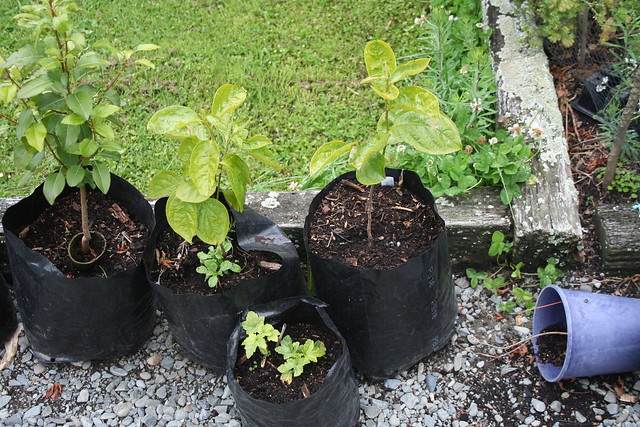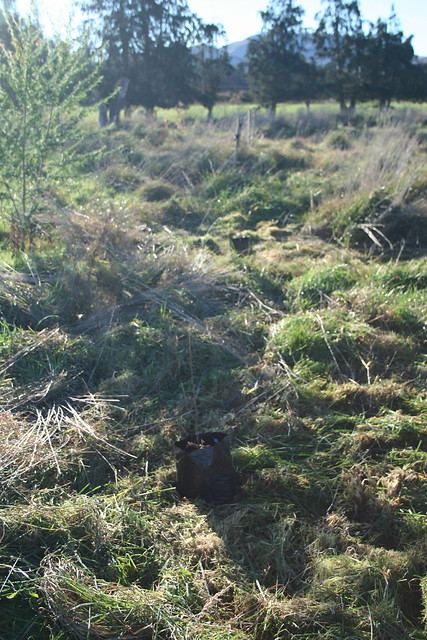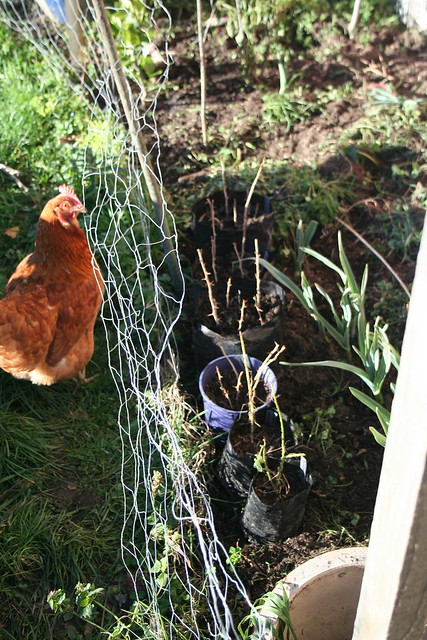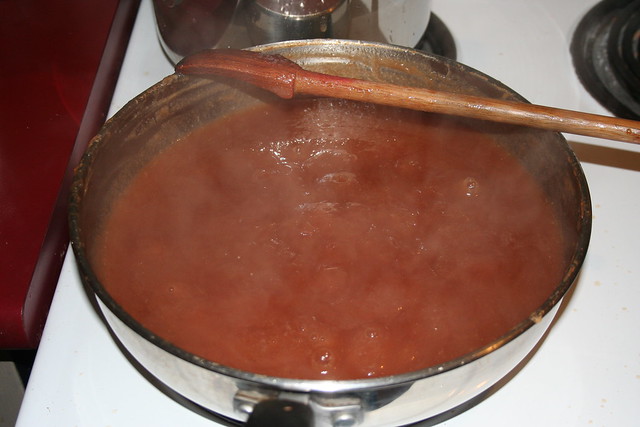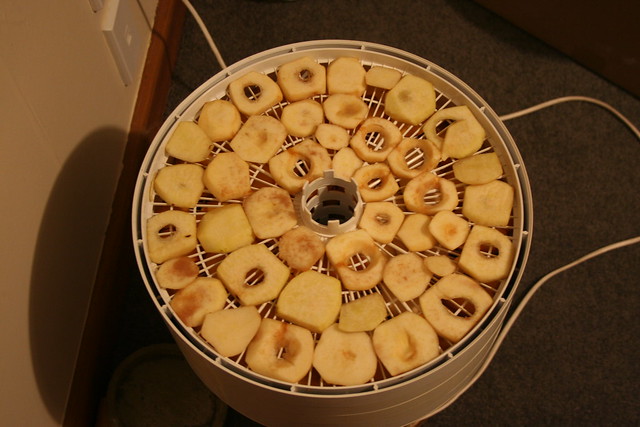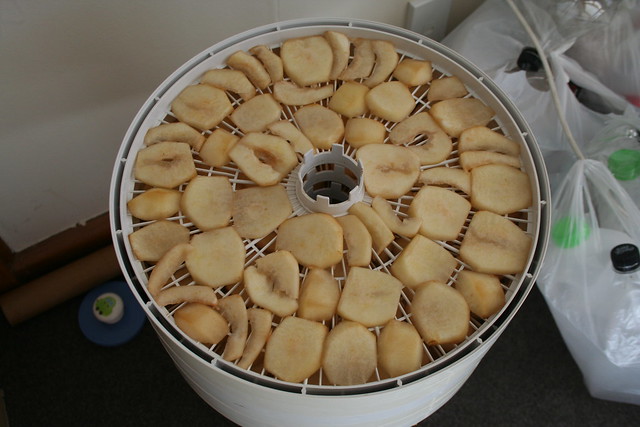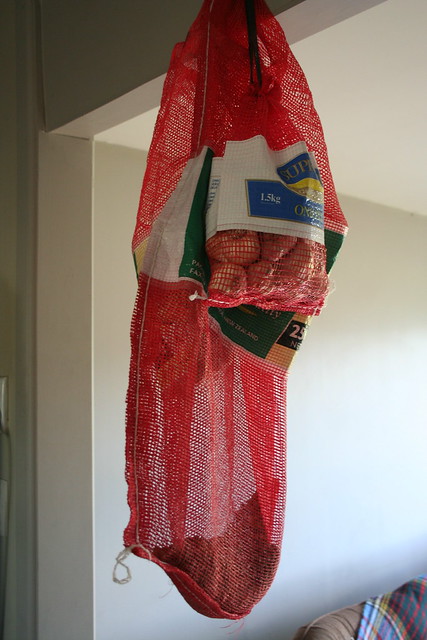Oldest gooseberry bush
I've just been out to check on my oldest surviving gooseberry plant. It's so heavily laden with fruit, that it's flattened out and most of the branches are laying if not curving down to lay on the ground. I need to do something about this, maybe thin out the fruit, or put some netting around it to hold up the branches, as it would be nice to get all that fruit.
Maybe also put bird netting around it. Though I did that last year, and a starling got in and ate all the fruit anyway. However, that netting was old grape netting and has the odd hole.
I took cuttings from this in the Autumn, none of them survived. The cuttings I had both from my other gooseberry plants, and received from other kind souls, all lived. Not sure why that was.
 |
| Invicta Gooseberry |


